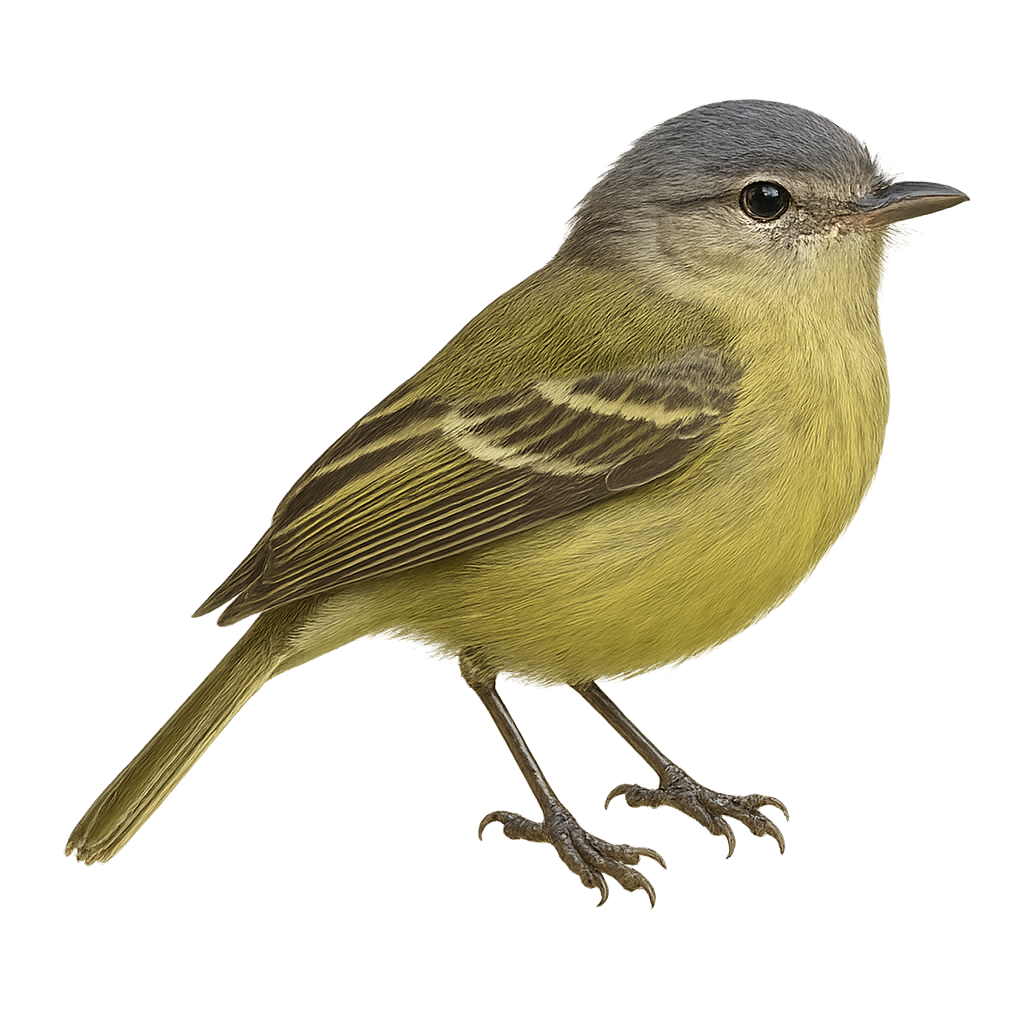Your wildlife photography guide.
Explore the ashy-headed tyrannulet in detail, study its behavior, prepare your shots.
Where to observe and photograph the ashy-headed tyrannulet in the wild
Learn where and when to spot the ashy-headed tyrannulet in the wild, how to identify the species based on distinctive features, and what natural environments it inhabits. The WildlifePhotographer app offers tailored photography tips that reflect the ashy-headed tyrannulet’s behavior, helping you capture better wildlife images. Explore the full species profile for key information including description, habitat, active periods, and approach techniques.
Ashy-headed Tyrannulet
Scientific name: Tyranniscus cinereiceps

IUCN Status: Least Concern
Family: TYRANNIDAE
Group: Birds
Sensitivity to human approach: Suspicious
Minimum approach distance: 10 m
Courtship display: March to April
Incubation: 15-17 jours
Hatchings: March to May
Habitat:
Humid forests, forest edges
Activity period :
Primarily active during the day, with peak activity in the morning and late afternoon.
Identification and description:
The Ashy-headed Tyrannulet is a small passerine bird belonging to the Tyrannidae family. It is characterized by its ashy gray head contrasting with its olive-green body. This bird is mainly found in humid forests and forest edges, where it feeds on insects and small fruits. It is often identified by its distinctive and melodious song. Although discreet, it is relatively tolerant of human presence, making it easier to observe. Its geographical distribution mainly covers Central and South America, where it inhabits various altitudes. Its population is considered stable, although sometimes threatened by deforestation.
Recommended lens:
400 mm – adjust based on distance, desired framing (portrait or habitat), and approach conditions.
Photography tips:
To photograph the Ashy-headed Tyrannulet, it is advisable to use a 400mm or longer lens to capture detailed images without disturbing the bird. Look for it in humid forests and forest edges, where it is often active during the day. Be patient and discreet, as although it is relatively tolerant, it remains suspicious. Listen for its distinctive song to locate it more easily. Favor early morning hours to benefit from soft, natural light.
The WildlifePhotographer App is coming soon!
Be the first to explore the best nature spots, track rutting seasons, log your observations, and observe more wildlife.
Already 1 432 wildlife lovers subscribed worldwide

